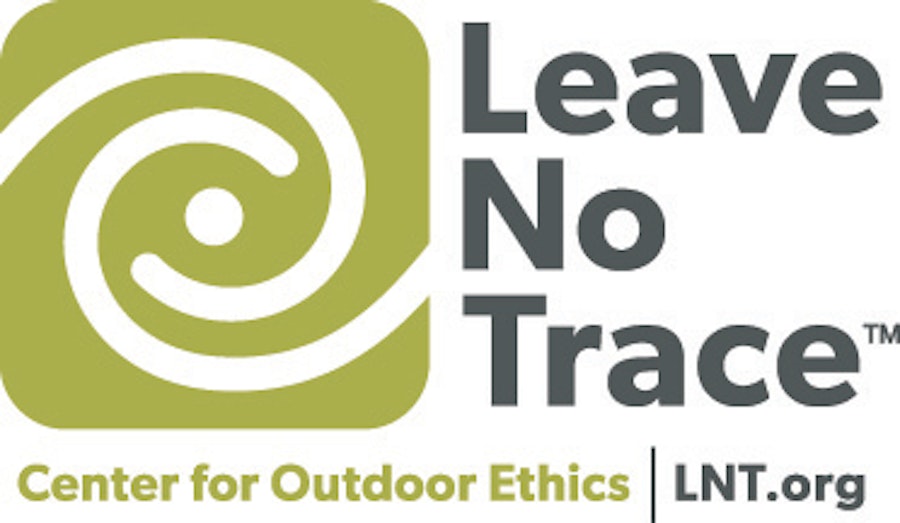How To Break In Your New Leather Hiking Boots
Make your boots last a lifetime.

Most everyone has boots these days, whether they be for function or fashion. If you're reading this, you most likely uses them for function and I'm sure you've experienced the struggle of breaking them in. I wear leather boots for both work and play and have nailed down a routine on breaking in my new ones. I wanted to share that with you so that next time you get a new pair of kicks, you can hit the trail sooner and be that much more comfortable.

For my work boots, I wear an 8” high leather fire boot. That's a whole lot of leather to break in! That first time you put them on can be alarmingly uncomfortable, but with a few steps, they are ready to go in no time.
The first thing I always do is oil them. There are all kind of leather oils and greases and some even meant specifically for boots. Any of them will work, since its just leather in boot form, but get some! You can apply it with a brush, a rag, or your hands. Rub it in and you'll see quickly how thirsty your leather is! Its almost like oiling that baseball glove when you were a kid. The oil or grease helps soften the leather, allowing it to form to your foot and bend a little easier.
After your boots are nice and oiled, wear them! You can toss 'em on and wear them around the house, or tough it out and go for a short walk or hike. Getting the leather bending and molding will soften it and shape it to your foot. When you get back, check them out and see if they look dry again. If so, its time for another dose of the good stuff! I live in the mountains and its rarely hot, so I will often oil them up and set them near the fire or heater to help soften the leather and soak up the boot grease. Wearing the boots is going to be the best way to break them in, but oiling them will just make it easier and a quicker process.

There is another method that I have only done with one pair and some people vote against, but it didn't seem to harm my boots nor speed up the process a significant amount. That method is water. Water can be very tough on leather but if you dry them and oil them properly, it shouldn't matter. The two methods I have used are similar but it comes down to soaking them and wearing them dry. Wear them in your local creek or river, drown them in the sink, or fill them with hot water. Get them wet, and wear them until they are dry. Then oil them, of course. Apparently this breaks them in quicker and shapes them to your feet. But, again, I didn't notice any difference from the method I first explained.
So now that you have a couple tips on breaking in that leather, lets talk about saving those feet! In the end, you are going to have to tough it out in the beginning a little bit. Nothing will make a leather boot perfect right off the bat.

A couple things I use to keep my feet from getting beat up are socks, gold bond, and moleskin.
You can save a lot of pain and misery by wearing the proper sock. An all cotton sock will tear your foot up if you are in a situation with tough boots. There are a ton of hiking sock brands and styles out there to choose from, but take a look and see what suits your style best. You can even layer different type of socks to allow some minimal sliding between your foot and boot. (Popular in the Wildland Firefighting world) I personally wear a single sock setup that is mainly wool.
Another friend of the leather boot is gold bond. I use it to not only prevent blisters, but to help with sweating and rubbing. Put some in your socks before gearing up and you'll not only stay dry, but will experience less toe and heal rubbing.

When all else fails and you feel those hot spots starting, be sure to have some sort of product like Moleskin that you can apply to your blisters or hot spots. Basically a band-aid type material that keep the boot off that part of your skin. (The trick with this stuff is to cut it out like a donut and put your blister in the donut hole.)
I am not a foot and boot master, but I do wear boots a lot and put in hundreds of miles a year in leather boots. These are the tricks I have come up with, that make it tolerable for myself. Good luck and happy hiking!
Cover photo: Gregg Boydston
Don't see your favorite adventure on The Outbound? Show us by creating an adventure.
Please respect the places you find on The Outbound.
Always practice Leave No Trace ethics on your adventures. Be aware of local regulations and don't damage these amazing places for the sake of a photograph. Learn More
We want to acknowledge and thank the past, present, and future generations of all Native Nations and Indigenous Peoples whose ancestral lands we travel, explore, and play on. Always practice Leave No Trace ethics on your adventures and follow local regulations. Please explore responsibly!
Do you love the outdoors?
Yep, us too. That's why we send you the best local adventures, stories, and expert advice, right to your inbox.








